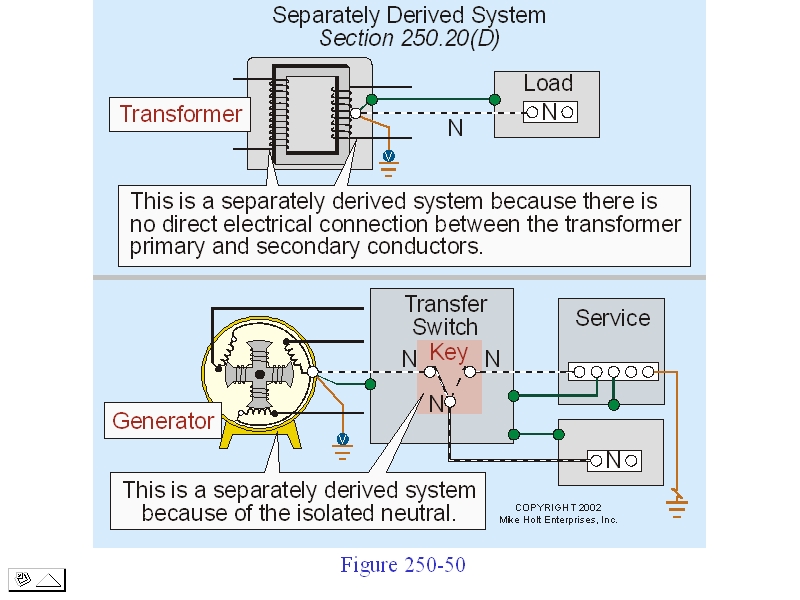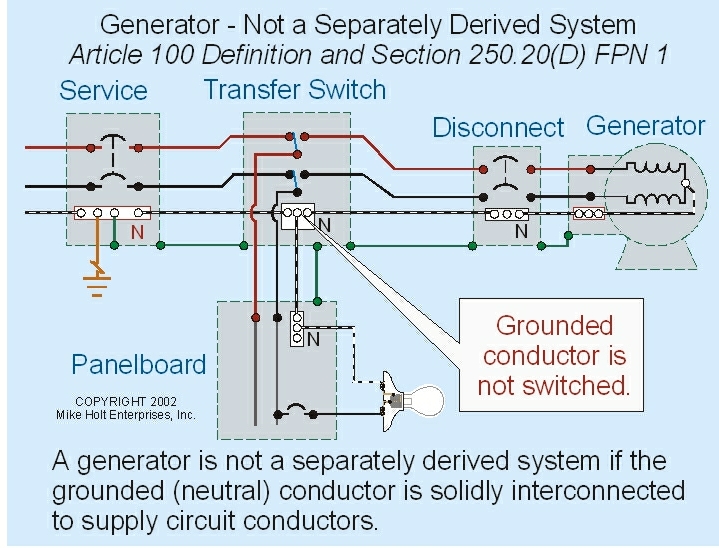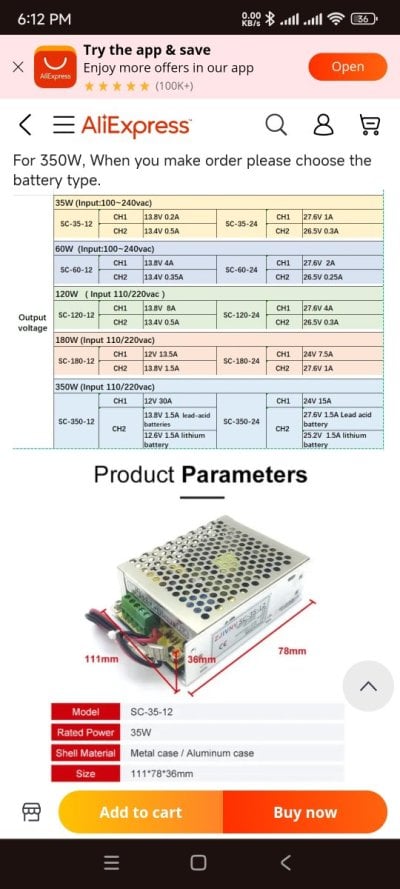Can't figure find a definitive answer to the grounding question online. I don't see it mentioned in this diy thread.
I always thought a ground was necessary. So i bought a 6 foot grounding rod and plan to cut it in half. One half for the inverter and the other half for a generator. i will drive it in the ground outside and run a wire through the wall to the inverter ground bolt.
Anyone have any thoughts on this?
I always thought a ground was necessary. So i bought a 6 foot grounding rod and plan to cut it in half. One half for the inverter and the other half for a generator. i will drive it in the ground outside and run a wire through the wall to the inverter ground bolt.
Anyone have any thoughts on this?



















